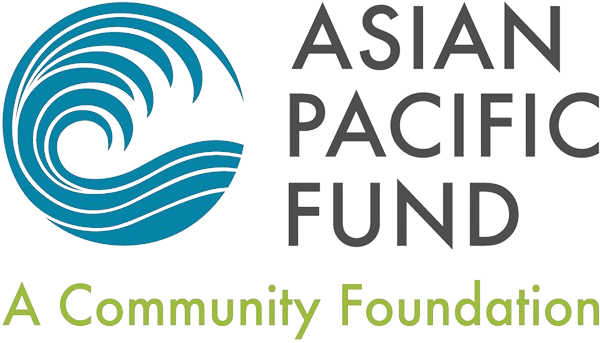International Orange
Michelle Deng, 2nd Place
12th Grade
Saratoga
Construction of the Golden Gate Bridge began in 1933. After seeing splotches of red-orange primer coat on the unpainted steel, architect Irving Morrow knew that the color would be spectacular against the hills and the bay. He dared to dream.
Twenty-five years ago, after a long struggle up the ladder of education in China, my parents arrived penniless in the United States to attend graduate school. They worked, studied hard, and lived off Big Macs and jars of peanut butter, but eventually, they earned high-tech jobs and moved to Silicon Valley, where they’ve stayed since, and where I was born and raised.
As a second-generation Chinese girl, I’ve found the Valley a friendly place to grow up. I’ve always belonged. I often joke with visitors that you don’t even have to go to Chinatown to run into Chinese supermarkets, dim sum places, and boba milk tea cafés within five minutes of one another.
But in a twisted way, because Asians are such a typical part of the cultural fabric of the Silicon Valley, I was mostly treated like any other Californian child and therefore didn’t really feel defined by my ethnicity. Sure, I had needle-straight black hair, couldn’t stand to “Asian fail” any test, was good at science and piano, and ate Chinese pork buns for breakfast nearly daily, but so what? My hair was also streaked brown from the California sun, I refused to listen to J- or K- or any Asian pop music, and I insisted on eating bread rather than rice for dinner. I wasn’t rejecting Asianness; I was just at heart far more American. That’s what I told everyone—including myself—for years. So it was only natural that I quit Chinese classical dance lessons and grew increasingly delinquent at Chinese school. No harm, no foul. They always say to be true to yourself, right?
Most bridges were silver, black, or gray, and it was expected that the new bridge would be one of those colors too. However, Morrow felt that black would diminish its grandeur, that gray was too mundane, and that silver was more appropriate for dirigibles; in his opinion, these conventional hues just would not fit the stately art deco silhouette of the new bridge. On the other hand, conformity was a ticket to acceptance. One could not go too wrong with conformity.
I’ve only been to China twice, and I was two the first time, so it doesn’t count. The other time, I was ten, and I was as out of the water as a fish could be. While my mother waved her hand into the street, I gaped at the hullaballoo of cars, honks, and screeches and wondered whether this could even be called civilization. Finally, a cab halted. As my mother opened the door, she turned to me and murmured, “Remember what I told you. Don’t say a word. If you do, he’ll charge us extra.”
We climbed in, and for forty minutes, I sat like a good little girl, seen but not heard. If I spoke Mandarin, my accent would give us away. And if I spoke in English… I sighed and stared out the window at the smog-enshrouded apartments and ugly concrete bridges. This ride confirmed it. I wasn’t Chinese; I only looked like it. My looks were a lie.
Some time later, I did some cursory research on colored contact lenses but stopped upon learning how badly they irritated the eyes.
Amidst the debate, the Navy presented another idea: make the bridge more visible to ships and planes by painting it black and bright yellow. The district balked. They knew that wasn’t the answer.

